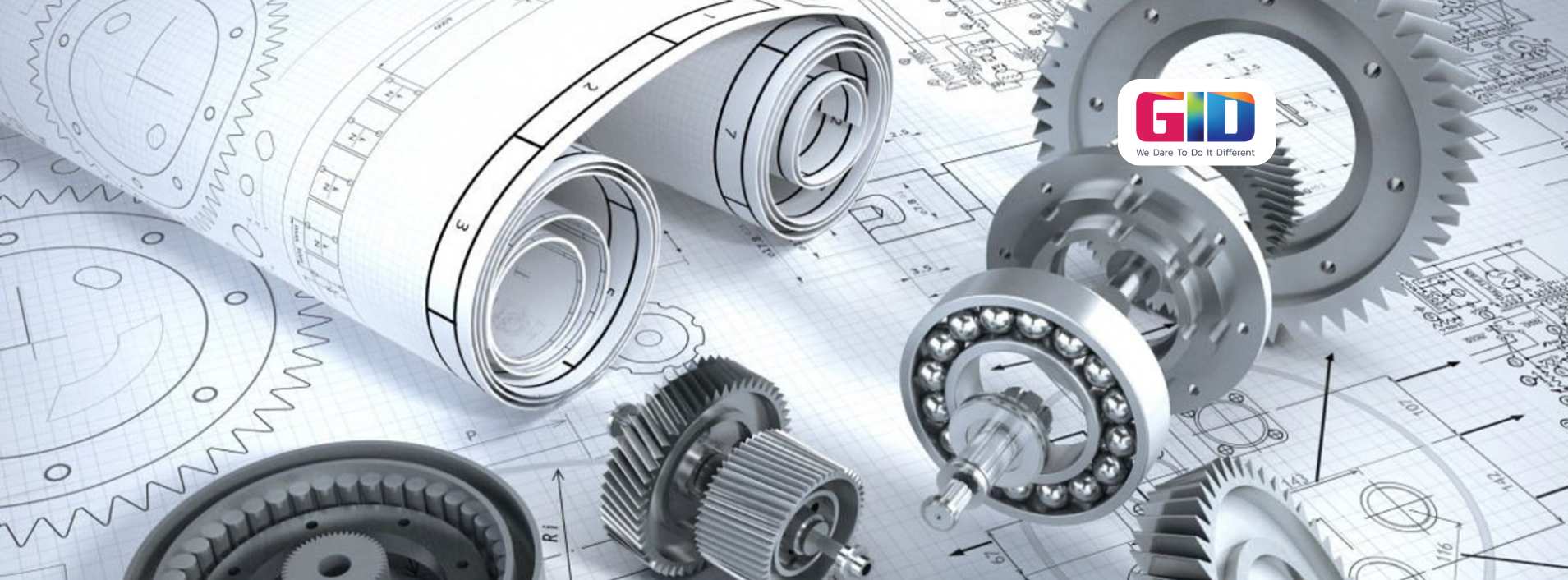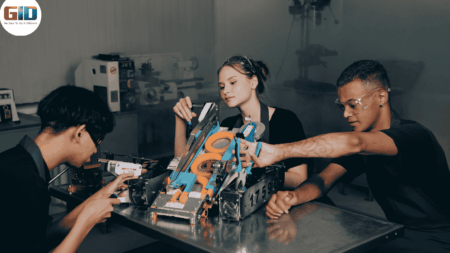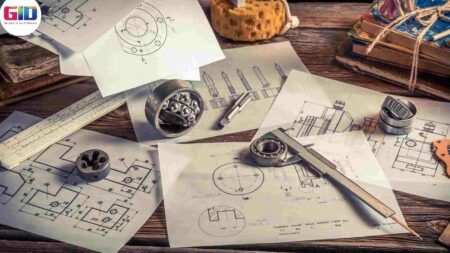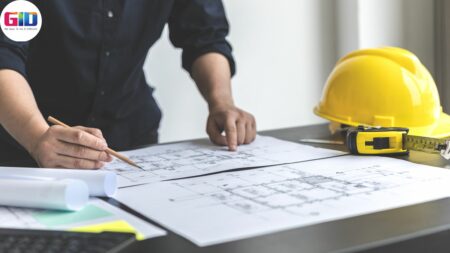Product Prototyping: Essential Methods and Techniques
Product Prototyping is crucial for the development of any new idea. The prototype development of your conceived product is vital, as it represents the first tangible manifestation of your vision. With Product Prototyping, you can actually touch and feel your imagined product, which is essential for understanding its functionality and design.
This phase allows you to perform various tests and make necessary adjustments, ensuring the final product meets your expectations. Furthermore, Product Prototyping serves as a proof of concept, which is invaluable for pitching to potential stakeholders and attracting funding for mass production. In essence, Product Prototyping is not just a step in the process—it’s a pivotal element that can significantly impact the success of your product.
Product prototyping is an essential step in turning ideas into tangible results. When it comes to product prototype development, it is helpful to consider the various tools available and the different processes used for making different parts of a conceived product.
Product prototype development can be carried out using one of the following three methods: 3D printing (additive manufacturing), CNC machining (subtractive manufacturing), and plastic injection molding. Each of these methods plays a crucial role in product prototyping, offering unique advantages and applications.
3D Printing
3D printing or additive manufacturing is one of the rapid prototyping techniques that constructs 3D objects by successively depositing material in layers such that it becomes a predefined shape. In the past few years, contemporary 3D printing has been very successful for rapid prototype development, but it is gradually starting to make its impact on the product manufacturing realm as well.
CNC Machining
CNC machining, a key technique in subtractive manufacturing, constructs 3D objects by successively cutting away material from a solid block. Typically, a CNC machine is employed to achieve the desired shape by meticulously removing material.
Modern CNC machines are equipped with multiple tools and can operate across three to nine axes, reducing the need for operators to reposition the block. This precision allows for the rapid and accurate construction of predefined metal parts, making CNC machining invaluable. In contrast, 3D printing effectively constructs metal parts with high accuracy but is generally slower than CNC machining. For prototypes that require both plastic and metal components, combining 3D printing with CNC machining is highly effective.
By using 3D printing for plastic parts and CNC machining for metal parts, the prototyping process can be streamlined to ensure both efficiency and precision. This hybrid approach maximizes the benefits of each technique, optimizing the process across diverse materials and requirements.
Plastic Injection Molding
Product prototyping often employs plastic injection molding, a popular technique that involves injecting material under high pressure into a mold. In the process of product prototyping, once the product design engineers finalize the design, definitive molds are created from steel or aluminum. These molds are then installed in the injection molding machine. During product prototyping, the material is fed into the machine, flows through the mold, and emerges as the predefined shape, accurately reflecting the prototype’s design.
Read Also: Rotational Molding, its Advantages and why it is Best for Manufacturing New Plastic Products
Which Method Should You Employ?
Each method is better suited for different situations, offering unique advantages depending on the requirements of your project. For instance, if you’re developing a single prototype to test out your conceived idea, perform basic functionality tests, or demonstrate your concept to potential stakeholders, the choice of method can vary based on the materials involved. If your prototype is made entirely of plastic, utilizing 3D printing is an ideal option.
This approach allows for the rapid and cost-effective creation of detailed plastic prototypes. Conversely, if your prototype is composed entirely of metal, CNC machining is the more suitable choice. CNC machining excels in delivering precise and robust metal prototypes efficiently. Understanding the strengths of each method helps you select the most appropriate technique to achieve the best results for your specific needs.
If the prototype involves both plastic and metal, you can use 3D printing for the plastic parts and CNC machining for the metal parts. You can then assemble the plastic and metal components to form the complete prototype and proceed with your intended applications.
For creating several identical prototypes containing both plastic and metal parts for consumer testing and market research, plastic injection molding for plastic parts and CNC machining for metal parts is advisable. Plastic injection molding enables you to produce a moderate quantity of parts quickly and economically. Once you have both the plastic and metal components, you can assemble them to form multiple identical prototypes for further testing and analysis.
Despite the various methods available, developing prototypes can be challenging, especially if you lack a definitive design. Testing and refining prototypes also present difficulties that may require expert assistance.
For this reason, partnering with a development company that utilizes different techniques, including 3D printing, CNC machining, and plastic injection molding, is often a wise choice.
GID Company is a leading product design and product development company in the US. They offer quick and economical product design, rapid prototyping, product development, and other product fulfillment services to inventors in the US as well as across the globe.
When it comes to product prototype development, experienced industrial engineers at GID Company first utilize the 3DEXPERIENCE platform from Dassault Systèmes, which includes tools like CATIA V6, 3DVIA, BIOVIA, SOLIDWORKS, etc., to create and test product designs virtually.
After achieving a definitive product design, skilled industrial engineers employ 3D printing, CNC machining, plastic injection molding, or a combination of these methods to produce accurate product prototypes. The engineers at GID Company also have the experience and in-depth knowledge that help them test the prototype and make it better.
So if you need help with product prototype development, just contact GID Company. Whether it is a simple prototype development, like for sports products, or an intricate prototype development, like for complex electromechanical products or medical products, GID Company will “GET IT DONE!”
To learn more about the leading product design and product prototype development company in the US, GID Company.
Have any queries regarding product prototyping? Just call Jim Grimes at 714-323-1052 between 8:00 AM to 5:00 PM PST, for a 15-minute FREE telephonic conference. He will answer to various questions regarding rapid prototyping, 3D printing, CNC machining, and plastic injection molding.
You may Also Like

















